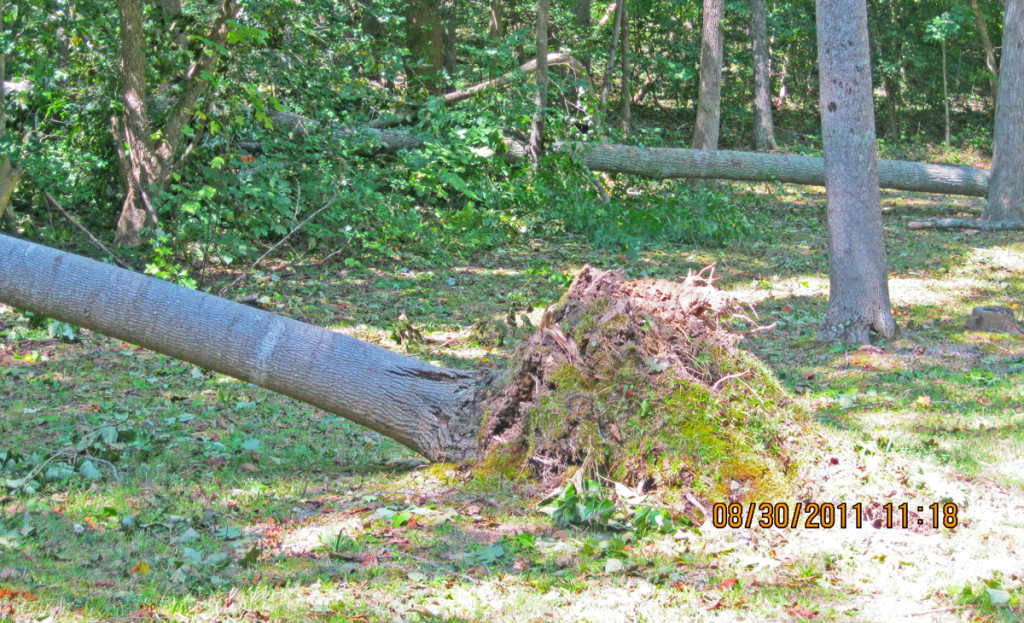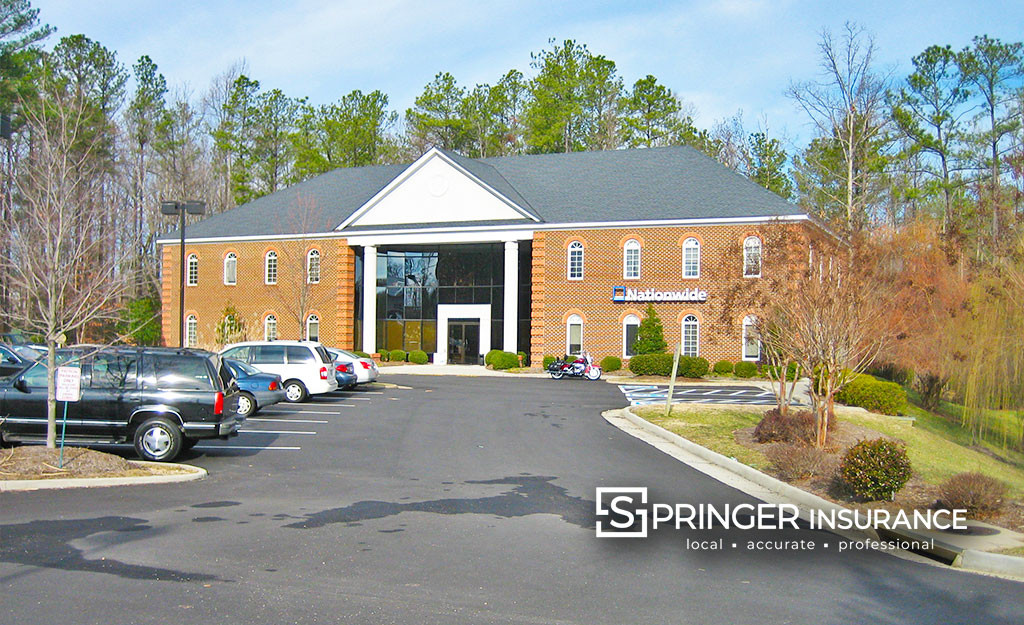
This is when umbrellas turn into missles!
Peggy Claytor
Since most thunderstorms produce some straight-line winds as a result of outflow generated by the thunderstorm downdraft, anyone living in thunderstorm-prone areas of the world is at risk for experiencing this hazard.
People living in mobile homes are especially at risk for injury and death. Even anchored mobile homes can be seriously damaged when winds gust over 80 mph. Before a High Wind Event:
Trim tree branches away from your house and power lines.
Secure loose gutters and shutters.
Identify an interior room of your house, such as a basement or interior bathroom, that you can take shelter in during high wind warnings.
If you live in a mobile home, identify a sturdy building you can go to if NWS issues a high wind or severe thunderstorm warning.
Charge batteries of all essential items such as cell phones and booster packs, weather radios and power tools such as a reciprocating saw, which you might need to clear debris.
Update your emergency kit and be sure to include enough food and water to last for 3 days for each person in your home.
Make a list of items outside your home you will need to tie down or put away so that they don't blow away or fly through a window. When NWS issues a high wind or severe thunderstorm watch, immediately secure these items to avoid damage or injury once the wind starts picking up.
Please visit the original Blog Post from National Severe Storms Laboratory













